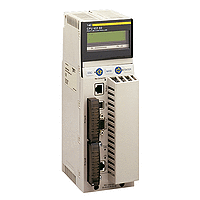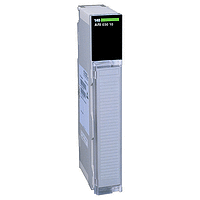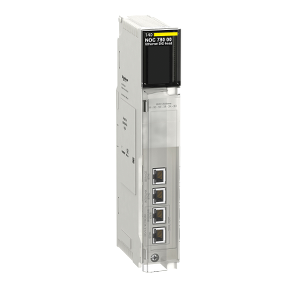140XTS00203 CableFast system cable for Quantum module
Original price was: $1,414.00.$1,088.00Current price is: $1,088.00.
The 140XTS00203 CableFast system cable is designed for seamless integration with Schneider Electric’s Quantum PLC modules.
2 in stock
Free shipping on orders over $5000!
- Satisfaction Guaranteed
- No Hassle Refunds
- Secure Payments
Description
| range of product |
Modicon Quantum automation platform.
|
|
|---|---|---|
| accessory / separate part designation |
CableFast system cable.
|
|
| accessory / separate part type |
Power cable.
|
|
| accessory / separate part category |
Connection accessories.
|
|
| accessory / separate part destination |
Quantum module.
|
| cable length |
0.9 m
|
|
|---|---|---|
| power type |
Standard.
|
|
| type of cable |
Terminated.
|
|
| electrical connection |
1 connector, Quantum I/O.
1 connector, SUB-D, 50 pins. |
|
| colour |
Black.
|
| Unit Type of Package 1 |
PCE
|
|
|---|---|---|
| Number of Units in Package 1 |
1
|
|
| Package 1: Weight |
565 g
|
|
| Package 1: Height |
6 cm
|
|
| Package: 1 width |
30.5 cm
|
|
| Package 1 Length |
33 cm
|
|
| Unit Type of Package 2 |
S04
|
|
| Number of Units in Package 2 |
4
|
|
| Package 2: Weight |
2.26 kg
|
|
| Package 2: Height |
30 cm
|
|
| Package 2 width |
40 cm
|
|
| Package 2 Length |
60 cm
|
| EU RoHS Directive |
Pro-active compliance (Product outside of EU RoHS legal scope).
EU RoHS Declaration. |
|
|---|---|---|
| Mercury free |
Yes
|
|
| RoHS exemption information |
Yes
|
|
| China’s RoHS Regulation |
China RoHS declaration.
|
|
| Environmental Disclosure |
Product Environmental Profile.
|





